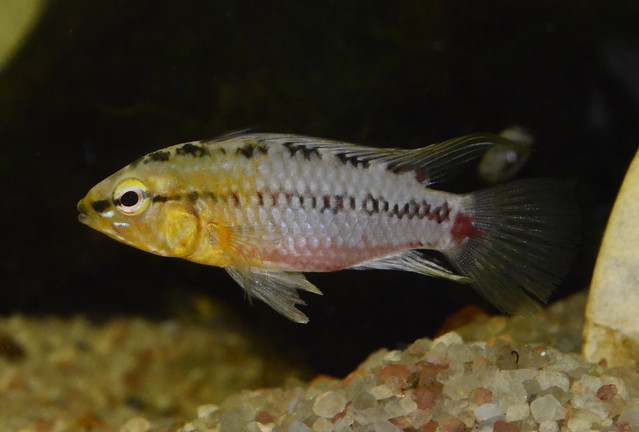Cichlids are beautiful fish and I applaud your decision to set up a cichlid tank. Before you start I would like to ease the way by covering several points you may not have considered. This is a big job and it is very difficult to rectify afterwards as once the tank is full of water it will be nearly impossible to move.
The first consideration is the location. Is your planned location big enough to accommodate your size of tank and have enough space to allow filter tubes and lighting cable to run down behind the tank stand? From time to time you will need access to these things and if you cannot reach it will make life difficult. You need to allow sufficient working space. Direct sunlight is the next major consideration. If the tank is in the glare of direct sunlight algae with grow like wildfire on the inside of the glass, on rocks, driftwood and plants. This can be reduced by various water treatments but it is not ideal. It would also make cleaning your aquarium a lot more work than it needs to be as well as spoiling the overall presentation of your fish.
 |
| Male altispinosa dwarf cichlid by úlfhams_víkingur |
If at all possible you should avoid placing you tank against a cold external wall. A Cichlid tank by definition is filled with warm water. If you have something cooling the water down your heaters will have to work overtime to maintain the correct temperature for your fish. This will also raise your electricity bill enormously. People rushing past your tank will startle your fish and cause them undue stress. Accidental knocks and bangs on the tank will also upset your fish in addition to the likelihood of damage caused to the glass which would be a major disaster. Therefore a quieter location would be preferred by all, especially your fish.
Finally, please give some thought to cleaning time. You will need to transport large quantities of waste water away from the tank. Do you have a clear route to the garden? The water can be used to water flower beds and potted plants rather than being flushed into the sewer system. You do not want trip hazards while you are carrying a bucket of used fish water. It will not be good for the carpet, believe me. Been there - done that.
I hope that I have opened your eyes to a few other considerations other than 'It will look nice there' when it comes to setting up a cichlid fish tank. Of course you want it to look nice, but without further complications down the line. I also fully appreciate that you might not be able to satisfy all the points listed above so you will have to judge each point on your own circumstances and make your own decision.
Article Directory: EzineArticles |









